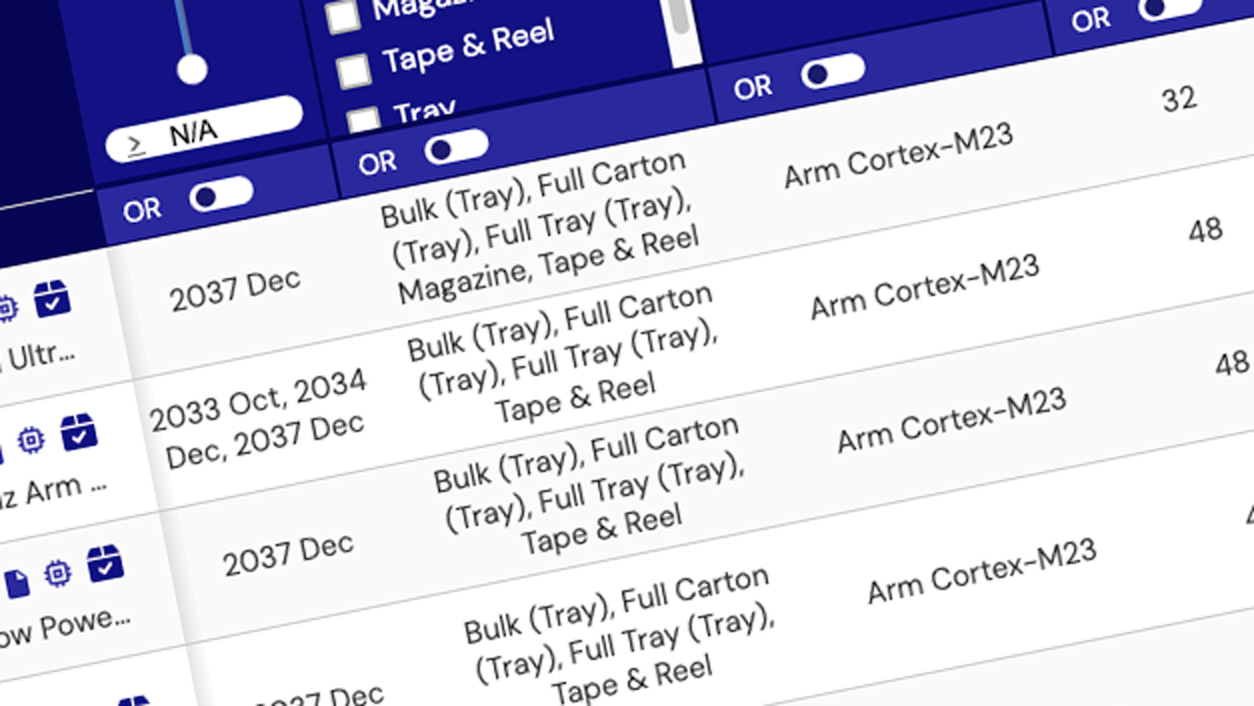Renesas' RS-232 transceivers are available in many configurations and feature data rates up to 1Mbps, IEC 61000 ESD protection, low power shutdown modes, and small QFN packages.
Featured Products

Product Selector: RS-232 Serial Interface
Explore our catalog of products through our parametric product selector tool. Compare specifications across various parameters to find the right part for your design.
Product SelectorVideos & Training
This webinar focuses on the ISL33334E, ISL33337E, ISL33354E and ISL33357E dual protocol transceivers for RS-232 and RS-485 interface applications. Included is a short overview of RS-232 and RS-485 interface features, education on what a dual protocol transceiver is, dual protocol transceiver features and applications and a list of Intersil's dual protocol transceiver families.
Resources
- Dual protocol transceivers for RS-232 and RS-485 interface applications
- ISL33334E
- ISL33337E
- ISL33354E
- ISL33357E